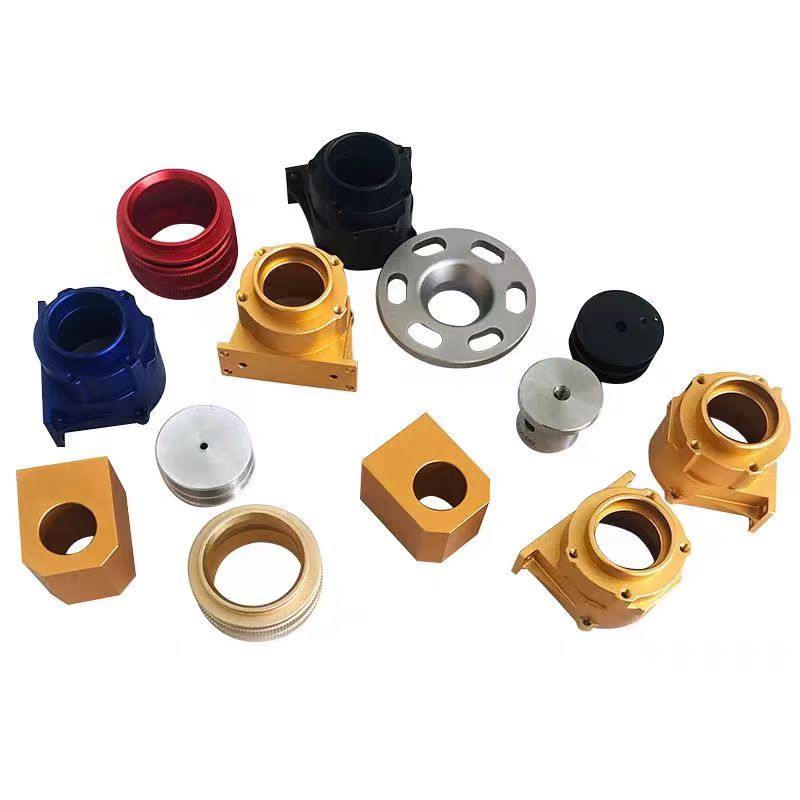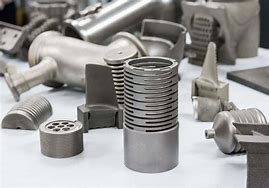**PLA: The 3D Printing Wonder You’re Probably Using Right Now**
(What Is Pla Material For 3d Printing)
If you’ve ever watched a 3D printer squirt out a shiny new object layer by layer, you’ve likely seen PLA in action. This stuff is everywhere in the 3D printing world. But what exactly is it? Let’s break it down without the jargon.
PLA stands for polylactic acid. That sounds like something from a chemistry lab, right? But here’s the fun part: PLA starts as cornstarch or sugarcane. Yep, it’s made from plants. Imagine turning a field of corn into a tiny plastic dinosaur. That’s PLA magic. It’s like recycling nature into tech, which is why eco-conscious creators love it.
Why do people pick PLA over other materials? First off, it’s easy to use. If 3D printing were a video game, PLA would be the “easy mode.” It doesn’t need a heated bed (though one helps), and it melts at a lower temperature than most plastics. You won’t need fancy equipment or a fireproof room. Just load the filament, set your printer, and go. Even beginners can print without fearing a melted mess.
Another perk? PLA smells sweet when it prints. No, really. Unlike ABS plastic, which can smell like burning tires, PLA gives off a faint sugary scent. Some say it’s like waffles or cotton candy. Imagine your printer doubling as a weird air freshener.
But PLA isn’t perfect. Let’s keep it real. It’s not great for things that get hot. Leave a PLA cup in a hot car, and it might turn into a floppy pancake. It’s also more brittle than materials like ABS or PETG. If you need something to survive a drop test, PLA might tap out early. Still, for most hobby projects—toys, decorative pieces, phone cases—it’s a champ.
Colors and textures? PLA’s got you covered. You can find it in glow-in-the-dark, metallic, wood-infused, even rainbow styles. Want a statue that looks like bronze? PLA can fake it. Need a flexible part? There’s PLA blends for that too. It’s the chameleon of 3D printing materials.
Here’s a cool twist: PLA breaks down over time. Wait, isn’t that bad? Not always. If you’re into sustainability, PLA’s biodegradability is a win. Toss it in an industrial compost facility, and it’ll decompose faster than regular plastic. Just don’t expect your backyard compost pile to eat it—it needs specific conditions. Still, it’s a step toward greener printing.
Who uses PLA? Everyone. Schools love it because it’s safe and non-toxic. Artists use it for detailed sculptures. Engineers prototype with it before moving to pricier materials. Even chefs print custom cake toppers. It’s the Swiss Army knife of filaments.
Is PLA the only option? Nope. But it’s the friendly neighbor of the 3D printing world. Reliable, approachable, and always ready to help. Whether you’re printing a cosplay sword or a DIY planter, PLA makes it happen without drama.
(What Is Pla Material For 3d Printing)
So next time you see a 3D printer buzzing away, there’s a good chance PLA is doing the heavy lifting. It’s not the flashiest material, but it’s the backbone of countless projects. And really, that’s pretty awesome for something made from corn.
Inquiry us
if you want to want to know more, please feel free to contact us. (nanotrun@yahoo.com)

